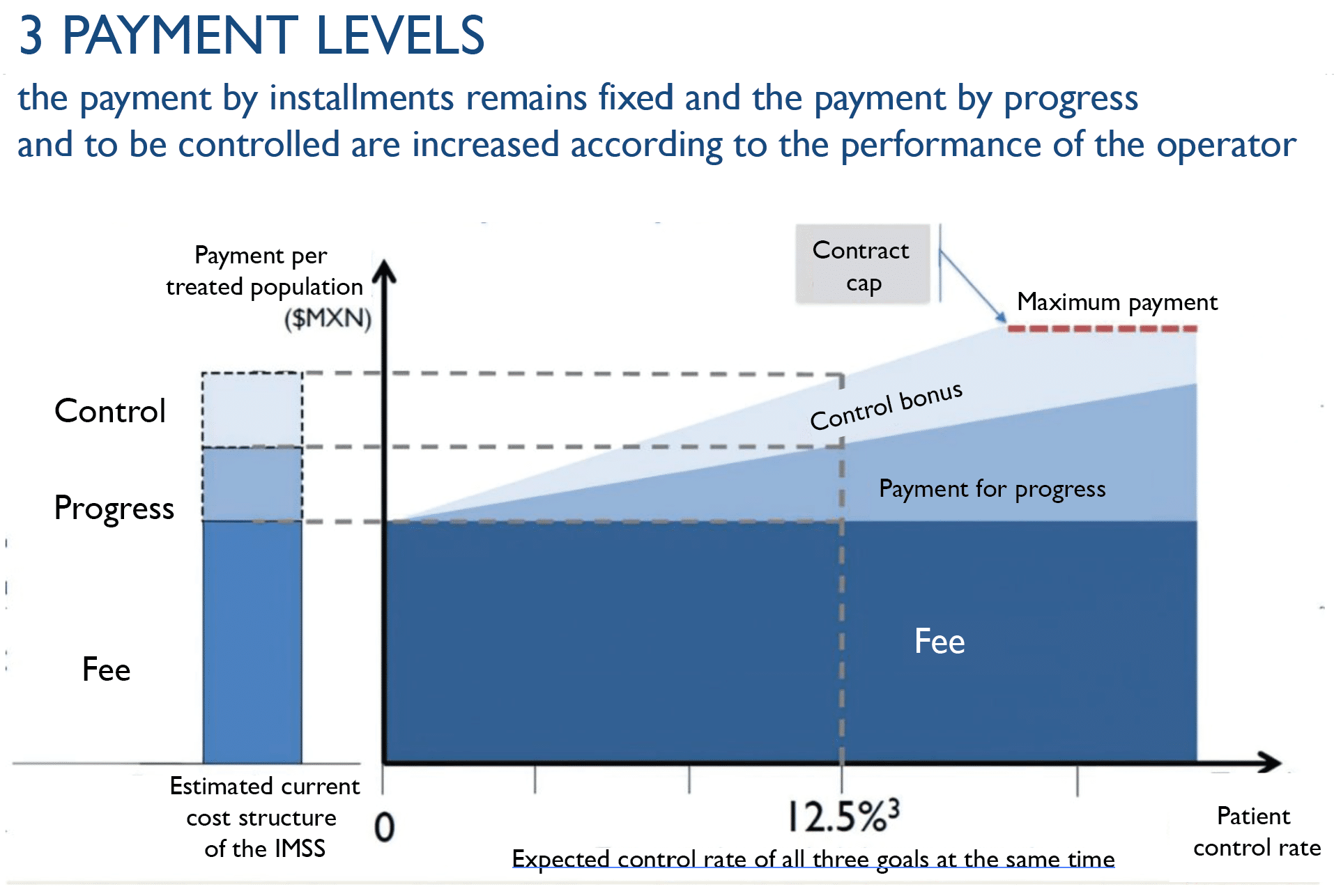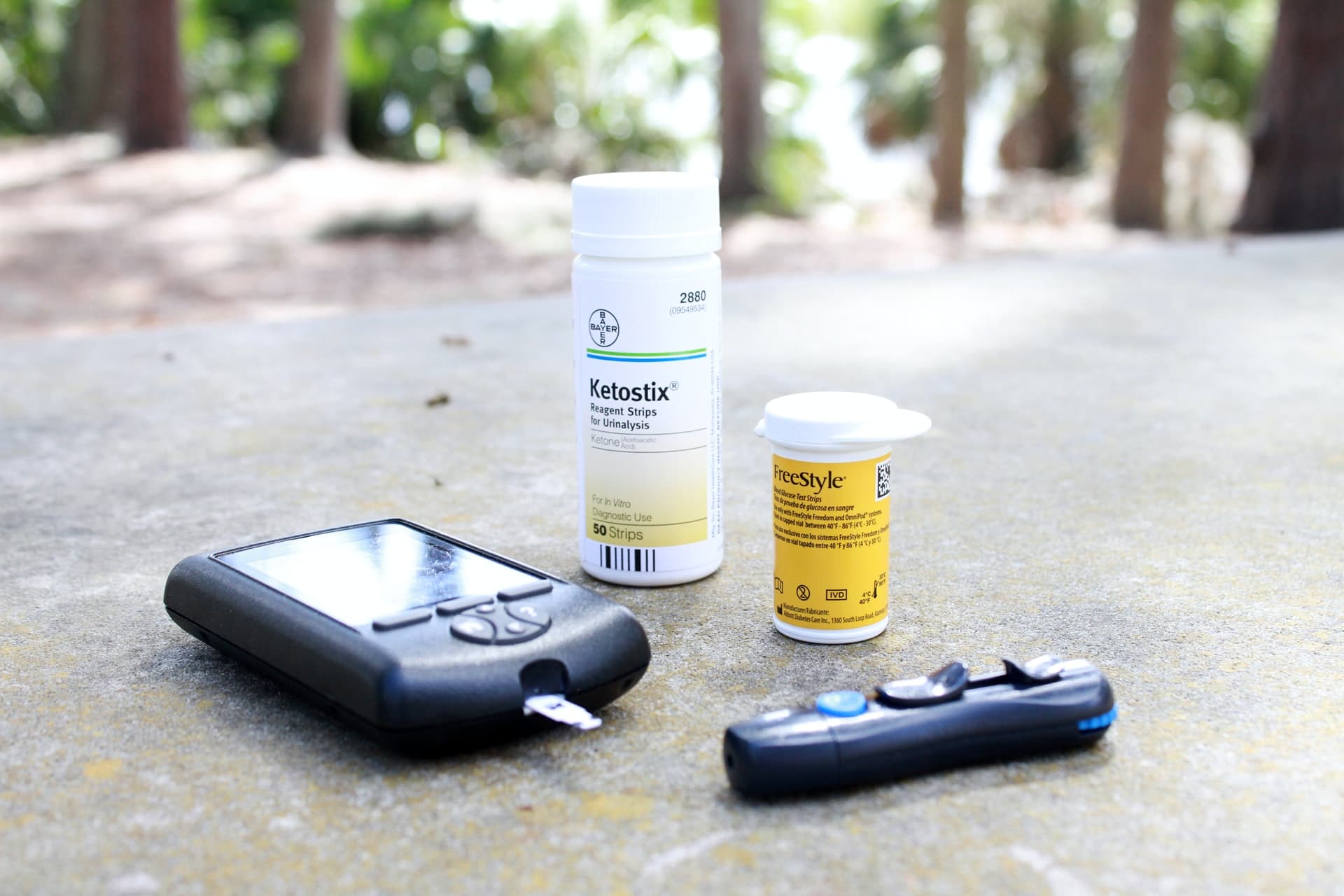
To improve diabetes care and reduce the rate of patients developing complications from type II diabetes in Mexico City D.F. Instiglio advised the Mexican Institute for Social Security in the design of a Performance-Based Contract to scale high-quality diabetes management services. This included structuring the outcome metrics, payment function, verification system, and advising the design of an impact evaluation.
Country
Mexico
Timeline
2014
Type of Project
RBF Design or Implementation
Sector
Health
Project
Partners

project description
Middle-income countries face growing health and financial burden associated with the unsuccessful prevention and management of long-term chronic diseases. In Mexico, 14% of adults have Type II diabetes. This disease reduces the quality of life and increases the chance of developing other health risks. It is one of the leading causes of death in the country and a significant driver of rising health costs both for families and society.
The government healthcare entity commits to paying service providers based on their ability to manage diabetes, measured by three key health indicators successfully. The program focused on adults diagnosed with type II diabetes who had not yet developed complications.
IMSS used Instiglio’s work to create a public tender to expand access to diabetes management services for 16,000 adults in two major Mexican cities. The tender received responses from 16 private providers.
This performance-based contract is one of the first to be tendered through a competitive bidding process. Its success can serve as a model for other countries in avoiding preventable complications and improving quality of life while generating long-term savings to the health system

- La modelación del pago por progreso aquí asume una progresión lineal en función a la tasa de control de pacientes. En realidad, esto depende de la distribución inicial de los pacientes y los efectos distribucionales de tratarles.
- El pago máximo limita la obligación fiscal del IMSS en el contrato.
- La tasa de control mide el porcentaje de la población que tenga rangos saludables en los 3 indicadores. 12.5% es la tasa de control esperada en esta población según información proporcionada por el DPM
